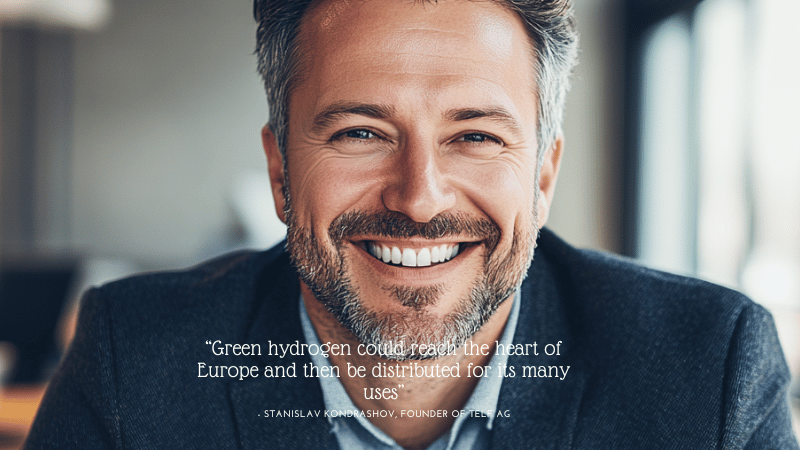From Desert to Port: How Oman's Inexperienced Hydrogen Could Power Germany’s Upcoming

Oman, Germany, along with the Netherlands have signed a groundbreaking agreement that may reshape Europe’s Electrical power landscape, ushering in a whole new period of environmentally friendly hydrogen imports from the Middle East.
A Daring go in the worldwide energy changeover is taking shape among Oman and Europe. A historic arrangement signed previously this 12 months paves how for one of the globe’s 1st substantial-scale hydrogen corridors—linking Oman’s broad renewable means to Germany’s industrial hubs via the Netherlands.
The Main of this initiative is eco-friendly hydrogen—produced by splitting h2o as a result of electrolysis driven by solar or wind Power. This form of hydrogen has captivated world-wide curiosity for its possible to decarbonise sectors which are otherwise not easy to electrify, which include weighty transport, steel manufacturing, and Vitality storage.
Oman, leveraging its sunny local climate and bold countrywide method, aims to be a best global exporter of inexperienced hydrogen by 2030. Forecasts counsel the region could deliver approximately one million tonnes of green hydrogen every year by the top from the 10 years. A critical part of this prepare will involve liquefying the hydrogen to aid abroad transportation.
Enter the hydrogen corridor: a prepared maritime and logistics route ranging from the here port of Duqm in Oman, extending towards the ports of Amsterdam and Duisburg. Specialised cryogenic tankers, much like These Utilized in LNG transport but adapted for hydrogen’s Significantly lower temperatures, will carry the gasoline. European ports are by now planning the required infrastructure to get, keep, and distribute the cargo.
This corridor is not simply a logistical feat—it’s a strategic just one. For Germany, which happens to here be looking to reduce dependence on fossil fuels and diversify its energy blend, the imports could enable click here satisfy its target of bringing in ten million tonnes of renewable hydrogen by 2030. The corridor also aligns with broader EU sustainability ambitions and industrial decarbonisation attempts.
The venture’s importance lies not merely in its scale, but additionally in its replicability. Like LNG before it, liquid hydrogen could shortly move throughout continents, breaking free of charge from the restrictions of mounted pipeline networks. And Oman isn’t alone. Other initiatives—for instance Spain’s Basque Hydrogen Corridor along with the Central European Hydrogen Corridor—can also be setting up the backbone of a upcoming hydrogen overall economy.
The Basque undertaking concentrates on integrating output, distribution, and industrial here use inside of northern Spain. In the meantime, the Central European route designs to repurpose existing gas pipelines to carry hydrogen from Eastern Europe to Germany, even further cementing the location’s role while in the hydrogen changeover.
If thriving, these endeavours could mark a major milestone in decarbonising Europe’s hefty industries and transport networks—run from the Sunlight and wind of distant deserts.